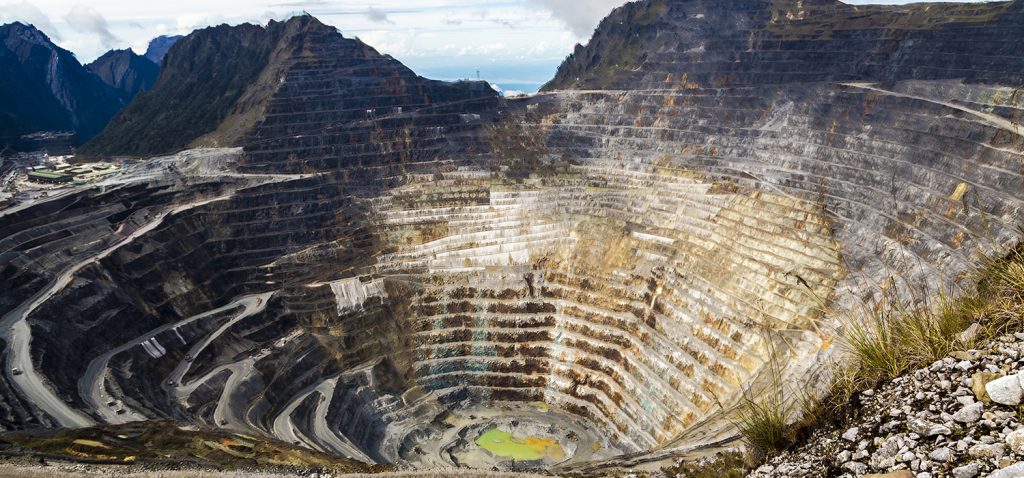SA Mining PR
SA’s Mining Industry Returns To Profitability
SA’s mining industry returned to profitability in 2019 despite a challenging operating environment marred by regulatory uncertainty, energy constraints, labour disputes, illegal mining activities and a shortage of skills. These are some of the key highlights from PwC’s 11th edition of SA Mine, which highlights trends in the South African mining industry.
Andries Rossouw, PwC Africa Energy Utilities & Resources leader, stated: “In spite of an improvement in operating performance, investor sentiment and the global attractiveness of the industry continues to erode with investors and consumers questioning whether the industry can create sustainable value for all stakeholders. More than ever, the speed of technological advancement, climate change, sustainable operations and changing consumer behaviour, should be top of mind for mining companies. They need to find a balance between stakeholder needs and long-term sustainable operations in their capital allocation decisions.”
To restore faith in a challenged industry, mining leaders will need to show that they are at the forefront of responsibility creating sustainable value for all stakeholders.
“By aligning financial and sustainable strategies to prioritise green, customer and community-focused strategies, further enabled by technology, will help build a long-term vision of growth, access, equality, innovation and trust,” Rossouw adds.
Market capitalisation
According to the report, total market capitalisation in 2019 increased to R884 billion – well above the market capitalisation of the prior year which was R482 billion (2017: R420 billion), which is mainly due to the increase in market capitalisation of companies within the platinum group metals (PGMs) and gold sectors.
Gold and PGMs benefited from the improved rand price environment. Their total market capitalisation increased by 133% and 129%, respectively. Despite a R65 billion increase in iron ore and a R29 billion increase for diversified miners, the increases were not enough to retain their proportionate share of market capitalisation.
Financial performance
The total revenue generated by the South African mining industry for the year ended 30 June 2019 was R529 billion- largely driven by increased PGM, iron ore and manganese revenue. Gold revenue decreased as the higher rand gold price, could not offset the declining production.
Coal remained the biggest revenue generator despite changing global consumer sentiment and contributed 28% of mining revenue for the year, PwC said in the statement.
Capital expenditure increased from the prior year by 10% mainly as a result of a weaker rand exchange rate. The gold sector was the largest contributor to this with R34 million in capital expenditure in the current year, compared to R20 million in the platinum sector.
There was an 8% increase in the operating costs in comparison to the previous year. The increased costs were driven by marginal increased production in the current year, higher electricity and labour costs and inflationary increase in consumables and mining supplies. Labour remained the largest cost driver in the sector and continued to grow as labour costs increases remain above inflation.
Production
Manganese, iron ore and chrome were the only commodities that have seen real production growth over the last 15 years. Iron ore showed a decline during the year. Gold production is on an ongoing decline despite the higher rand gold prices – this shows the challenges of productivity in deep-level mining. Coal production saw a marginal increase on the prior year.
Climate change
Climate change is fundamentally changing the way businesses of the future will operate. It is also driving a change in consumer behaviours. Climate changes are forcing companies to consider a range of climate factors that affect their operations. These include, amongst others: increased frequency of extreme weather events, long-term changes to the local climate impacting the availability of day-to-day inputs, changing consumer demand, limitations on funding for new carbon-intense projects, input costs that may be passed on to consumers, and direct regulations requiring expenditure to control and monitor emissions.






 Sign-up and receive the Business Media MAGS newsletter OR SA Mining newsletter straight to your inbox.
Sign-up and receive the Business Media MAGS newsletter OR SA Mining newsletter straight to your inbox.